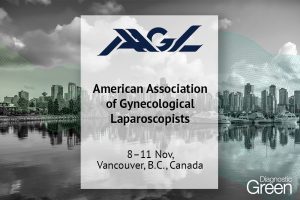Importance – Postoperative hypocalcemia following total thyroidectomy (TT) can significantly affect patients’ quality of life. However, the most effective intraoperative interventions to mitigate this risk remain uncertain. Objective- To assess the efficacy of parathyroid gland autotransplantation (PTA), near-infrared autofluorescence (NIRAF), and indocyanine green angiography (ICGA) in reducing postoperative hypocalcemia risk after TT. Design- Meta-analysis. Setting- This meta-analysis followed the Preferred Reporting Items for Systematic Reviews and Meta-analyses (PRISMA) guidelines, utilizing data from PubMed, Embase, and the Cochrane Library, with searches conducted through February 2024.ParticipantsPatients undergoing TT with or without intraoperative interventions of PTA, NIRAF, ICGA, or a combined approach. Interventions- PTA, NIRAF, ICGA, or a combination of these methods.Main Outcome Measures – Incidence of postoperative transient and permanent hypocalcemia.
Results– From 582 identified records, 32 studies, including 13,299 TT patients (6386 with benign and 6913 with malignant conditions), met the inclusion criteria. PTA was associated with a higher incidence of transient postoperative hypocalcemia (OR = 1.98; 95% CI: 1.42-2.77; I2 = 84%). Conversely, NIRAF (OR = 0.45; 95% CI: 0.35-0.57; I2 = 0%) and ICGA (OR = 0.22; 95% CI: 0.07-0.69; I2 = 0%) showed reduced incidences of transient hypocalcemia. The combined NIRAF and ICGA approach, evaluated in 2 studies, yielded inconclusive results (OR = 0.62; 95% CI: 0.28-1.37).
Conclusions and Relevance – Intraoperative use of NIRAF and ICGA significantly decreased the incidence of transient hypocalcemia following TT, whereas PTA did not demonstrate similar efficacy. Minimal effects on permanent hypocalcemia were observed across interventions. Further research is necessary to clarify the effectiveness of the combined NIRAF and ICGA approach.




